Neon Pothos, scientifically known as Epipremnum aureum, is a popular houseplant that is loved for its stunning neon-colored leaves and low maintenance requirements. Whether you are a seasoned plant enthusiast or just starting your plant journey, Neon Pothos is an excellent choice for adding color and life to any room. In this ultimate guide, we will cover everything you need to know about Neon Pothos, including their care, maintenance, and propagation.
The neon pothos, which is a type of the common golden pothos, is known to be toxic to cats, dogs, and humans if ingested. Therefore, it is important to exercise caution with these plants if you have young children or pets in your home[1]
| Botanical Name | Epipremnum aureum ‘Neon’ |
| Common Name | Neon pothos |
| Family | Araceae |
| Plant Type | Perennial, vine |
| Mature Size | 10 ft long, 3 ft wide (indoors) |
| Sun Exposure | Partial |
| Soil Type | Loamy, moist but well-drained |
| Soil pH | Acidic |
| Bloom Time | Spring, summer |
| Flower Color | Green, white |
| Hardiness Zones | 11a, 11b, 12a, 12b |
| Native Area | Australia |
| Toxicity | Toxic to both pets and children |
Description of Neon Pothos

Neon Pothos is a tropical plant that belongs to the Araceae family. It is native to French Polynesia and has been popularized as a houseplant due to its unique foliage. The leaves of Neon Pothos are bright green with a neon-yellow hue. It is a climbing plant that can reach a height of 20 feet when grown in ideal conditions. Neon Pothos is a low-maintenance plant that is perfect for beginners and busy plant parents.
Varieties of Pothos

Pothos is a genus of flowering plants that belong to the Araceae family. This genus contains around 15 species, with the most popular ones being Epipremnum aureum and Epipremnum pinnatum. Pothos is native to the Solomon Islands, New Guinea, and Australia. This plant is widely grown as an indoor plant because of its ability to purify the air and its low maintenance requirements.
Here are some popular varieties of pothos:
- Epipremnum aureum: Also known as devil’s ivy, golden pothos, or money plant, this variety is the most common and popular among pothos plants. It has golden-yellow variegated leaves and is easy to care for.
- Epipremnum pinnatum: This variety is also known as dragon-tail plant or silver pothos. It has large, green, heart-shaped leaves with silver or white spots. It is less common than Epipremnum aureum, but it is still a popular choice among pothos enthusiasts.
- Epipremnum amplissimum: This variety has large, shiny, dark green leaves that are similar in shape to those of Epipremnum aureum. It is less common than the other two varieties mentioned above, but it is still a beautiful addition to any indoor garden.
- Epipremnum manjula: This variety has variegated leaves with green and silver colors that create a marbled effect. It is a relatively new variety of pothos, but it has become quite popular among plant collectors.
- Epipremnum marble queen: This variety has white and green variegation, but with a more pronounced white pattern. The leaves are thicker than those of other pothos varieties, and the plant is more compact.
What is the difference between neon pothos and other varieties of pothos?

While all pothos varieties belong to the same species, they can differ in several ways:
Leaf Color
The most obvious difference between neon pothos and other pothos varieties is the color of its leaves. Neon pothos has bright lime-green leaves, while other varieties can have green and white or green and yellow variegation or even darker green leaves.
Leaf Size
Neon pothos has smaller leaves than other pothos varieties like marble queen and golden pothos.
Growth Rate
Neon pothos is a fast-growing plant that can quickly reach lengths of up to 10 feet if given the proper conditions. Other pothos varieties like marble queen and jade pothos are slower growing.
Light Requirements
Neon pothos prefers bright, indirect light, while golden pothos can tolerate low light conditions better. Jade pothos prefers bright, indirect light but can also handle lower light levels.
Importance of neon pothos

Neon pothos is an important plant for many reasons, including its air purification abilities, aesthetic appeal, low maintenance, versatility, and health benefits.
Air purification
One of the most notable benefits of neon pothos is its ability to purify the air. Like other plants, neon pothos absorbs harmful toxins and chemicals from the air, such as benzene, formaldehyde, and trichloroethylene. By removing these pollutants, neon pothos helps to create a cleaner and healthier indoor environment.
Aesthetic appeal
Neon pothos is a highly sought-after houseplant due to its striking appearance. The bright neon green leaves add a pop of color to any indoor space, making it an eye-catching addition to any home or office. Additionally, neon pothos is a trailing plant, which means it can be grown in hanging baskets or trained to climb up walls or trellises.
Low maintenance
Neon pothos is a great option for those who are new to houseplants or who do not have a lot of time to devote to plant care. This plant is low maintenance and can thrive in a variety of indoor environments, including low-light conditions. Neon pothos only needs to be watered once a week and does not require frequent fertilization.
Versatility
Neon pothos is a versatile plant that can be grown in a variety of ways. It can be grown in soil or in water, making it a great option for those who want to experiment with different growing methods. Additionally, neon pothos can be propagated easily from stem cuttings, allowing you to create multiple plants from a single parent plant.
Health benefits
In addition to its air purification abilities, neon pothos also offers a variety of health benefits. Studies have shown that indoor plants can help to reduce stress and improve overall mood and productivity. Additionally, caring for plants can be a rewarding and relaxing hobby, which can also have positive impacts on mental health.
What is Variegated Neon Pothos?

Variegated Neon Pothos is a cultivar of the Epipremnum aureum species, and it’s a popular houseplant with bright and attractive foliage. It’s also known as Epipremnum aureum ‘Neon,’ and it’s one of the most sought-after varieties of Pothos due to its unique and eye-catching appearance.
Variegated Neon Pothos is defined by its bright neon-green foliage, which features yellowish–green variegation, and this gives the plant a striking appearance. The plant is relatively easy to care for and can be grown both indoors and outdoors, making it a favorite among plant enthusiasts.
The characteristics of variegated Neon Pothos are quite remarkable. The plant has heart-shaped leaves that grow on long vines, and it can reach a length of up to 10 feet, making it perfect for trailing on a trellis or in a hanging basket. Additionally, variegated Neon Pothos is a fast-growing plant that can quickly fill a space with its lush greenery.
One of the reasons why variegated Neon Pothos is so popular among houseplant enthusiasts is because of the wide range of color variations available. While the neon-green foliage with yellowish-green variegation is the most common, there are also variations with white, cream, and silver variegation, making it an incredibly versatile plant for decorating any indoor space.
Another reason for its popularity is its air-purifying abilities. Like other Pothos varieties, variegated Neon Pothos can help to remove pollutants such as formaldehyde, benzene, and carbon monoxide from the air, making it an excellent choice for those looking to improve indoor air quality.
Neon Pothos Care

Light Requirements
One of the most important aspects of growing Neon Pothos is providing the correct amount of light. This plant thrives in bright, indirect light. Direct sunlight can cause the leaves to scorch and turn brown. However, if the plant does not receive enough light, the leaves will lose their neon coloration and become more muted.
A good rule of thumb is to place the plant near a north or east-facing window where it can receive bright, indirect light. If the plant is in a low-light area, rotate it occasionally to ensure even growth.
Watering Requirements
Neon Pothos is a plant that prefers moist soil but can tolerate some dryness. It is essential to ensure that the plant is not sitting in water as this can lead to root rot. The frequency of watering will depend on the temperature, humidity, and size of the plant.
In general, watering once a week is sufficient for most Neon Pothos plants. To determine if the plant needs water, check the soil’s moisture level by sticking your finger into the soil up to the second knuckle. If the soil feels dry, it’s time to water the plant.
Soil Requirements
Neon Pothos is a versatile plant that can grow in a variety of soil types. However, it is essential to ensure that the soil is well-draining to prevent root rot. A good potting mix for Neon Pothos should contain a mixture of peat moss, perlite, and vermiculite.
It is also a good idea to add some organic matter, such as compost or aged manure, to the soil to provide additional nutrients.
Temperature and Humidity Requirements
Neon Pothos is a tropical plant that thrives in warm temperatures and high humidity. The ideal temperature range for this plant is between 65°F and 85°F.
If the temperature drops below 60°F, the plant may begin to suffer, and its growth may slow down. To increase the humidity around the plant, you can place a tray of water nearby or use a humidifier.
Fertilizer Requirements
To keep Neon Pothos healthy and vibrant, it’s essential to provide it with the right nutrients. During the growing season, which is typically from spring to fall, fertilize the plant once a month with a balanced, water-soluble fertilizer.
Avoid over-fertilizing the plant as over-fertilizing can cause the plant to suffer from fertilizer burn, which can damage the roots and leaves. During the dormant season, reduce fertilization to once every two to three months.
Pruning and Training
Neon Pothos is a climbing plant that can grow quite long if left to its own devices. To keep the plant looking tidy and prevent it from becoming too leggy, it’s essential to prune and train it regularly.
You can prune the plant by cutting back any dead or yellowing leaves and stems. You can also train the plant to climb up a trellis or wall by attaching it to the support with string or clips.
Common Pests and Diseases

Neon Pothos is a relatively hardy plant that is not often plagued by pests or diseases. However, it is still essential to keep an eye out for common issues such as mealybugs, spider mites, and scale insects.
If you notice any signs of pests, treat the plant with insecticidal soap or neem oil. Additionally, Neon Pothos can suffer from root rot if it is overwatered or if the soil does not drain well. To prevent root rot, ensure that the plant is not sitting in water and that the soil is well-draining.
Propagation Techniques

Propagating Neon Pothos is relatively easy and can be done in several ways. One of the most common methods is stem cuttings. To propagate the plant using stem cuttings, simply cut a healthy stem from the parent plant and place it in a jar of water.
Once the roots have developed, transfer the cutting to a pot with well-draining soil. Another method is division, where the parent plant is separated into smaller plants and repotted. To know more about the Propagation of pothos click here.
FAQs
why is my neon pothos turning yellow

There are several reasons why a neon pothos plant may turn yellow:
Overwatering, Underwatering, Lack of nutrients, Pests, Too much direct sunlight, Temperature stress.
How often should I water my neon pothos plant?

Neon pothos plants prefer moist soil, but they don’t like to sit in water. Water your neon pothos plant when the top inch of soil feels dry to the touch. Depending on the humidity and temperature of your home, this could be anywhere from once a week to every two weeks.
Can neon pothos survive in low light conditions?

Yes, neon pothos plants can tolerate low light conditions, but they won’t grow as quickly or be as vibrant in color. Ideally, they prefer bright, indirect light, such as near a window with filtered sunlight.
Is it necessary to fertilize neon pothos plants regularly?

Fertilizing your neon pothos plant is not necessary, but it can help promote healthy growth and vibrant foliage. Use a balanced fertilizer once a month during the growing season (spring and summer), and reduce to every other month during the dormant season (fall and winter).
How do I propagate my neon pothos plant?
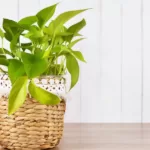
You can propagate your neon pothos plant by stem cuttings. Simply cut a stem about 4-6 inches long, making sure to include at least one node (the point where leaves attach to the stem). Place the stem cutting in water or moist soil, and wait for new roots to grow before transplanting to a new pot.
Is neon pothos safe for pets?

Neon pothos plants are toxic to pets if ingested, so it’s important to keep them out of reach. Symptoms of ingestion include vomiting, diarrhea, and difficulty breathing. If you suspect your pet has ingested any part of the plant, seek veterinary care immediately.
What is the best soil mix for neon pothos?

Neon pothos plants prefer well-draining soil with a mix of peat moss, perlite, and sand. You can also add in some compost or worm castings for extra nutrients.
Can I grow neon pothos in a hanging basket?

Yes, neon pothos plants can thrive in a hanging basket, as long as they have good drainage and are watered appropriately. Hanging baskets can also help showcase the plant’s trailing vines and vibrant colors.
Why is my neon pothos plant turning yellow?

Yellow leaves on a neon pothos plant can be a sign of overwatering or underwatering, low light conditions, or pest infestations. Check the soil moisture, light conditions, and look for any signs of pests to determine the cause of yellowing leaves.
Can I prune my neon pothos plant?

Yes, pruning can help keep your neon pothos plant looking healthy and full. You can pinch back the tips of the vines to encourage bushier growth, or trim away any dead or damaged leaves.
How do I get rid of pests on my neon pothos plant?

Pests such as spider mites, mealybugs, and scale can infest neon pothos plants. To get rid of these pests, you can use insecticidal soap or neem oil spray, or wipe the leaves with a mixture of water and rubbing alcohol. It’s important to act quickly to prevent the pests from spreading to other plants.
Related Post


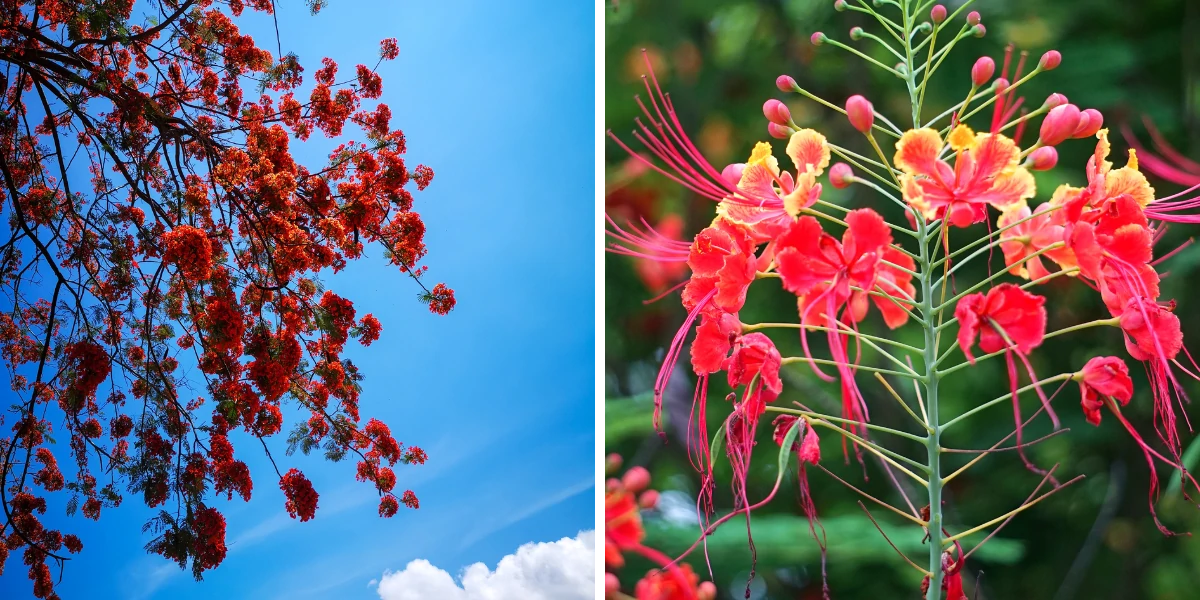
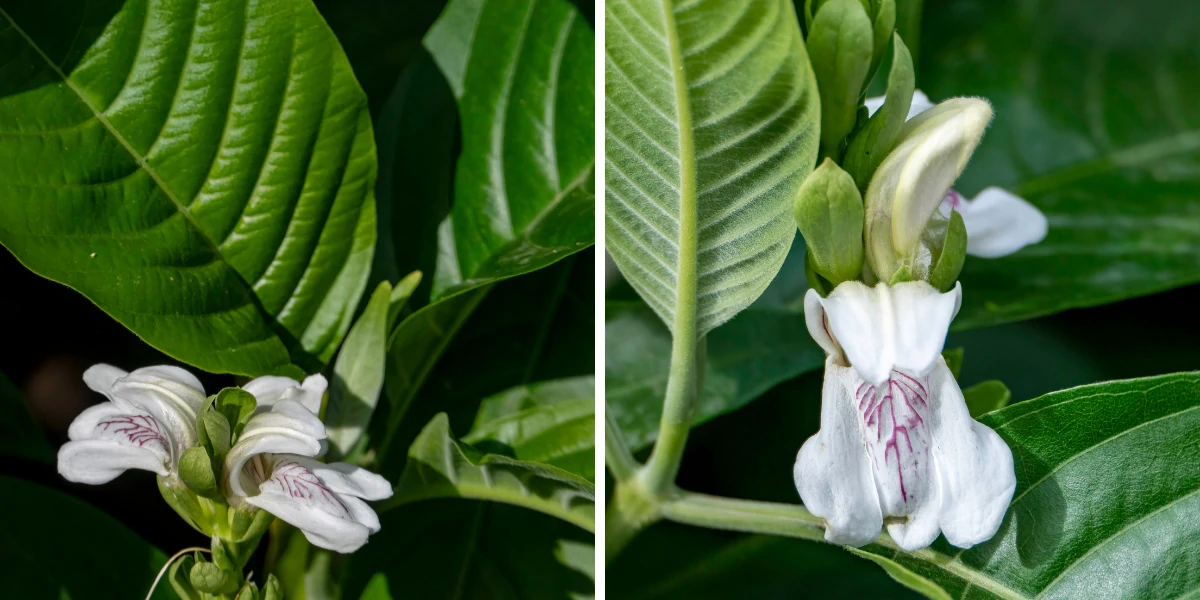
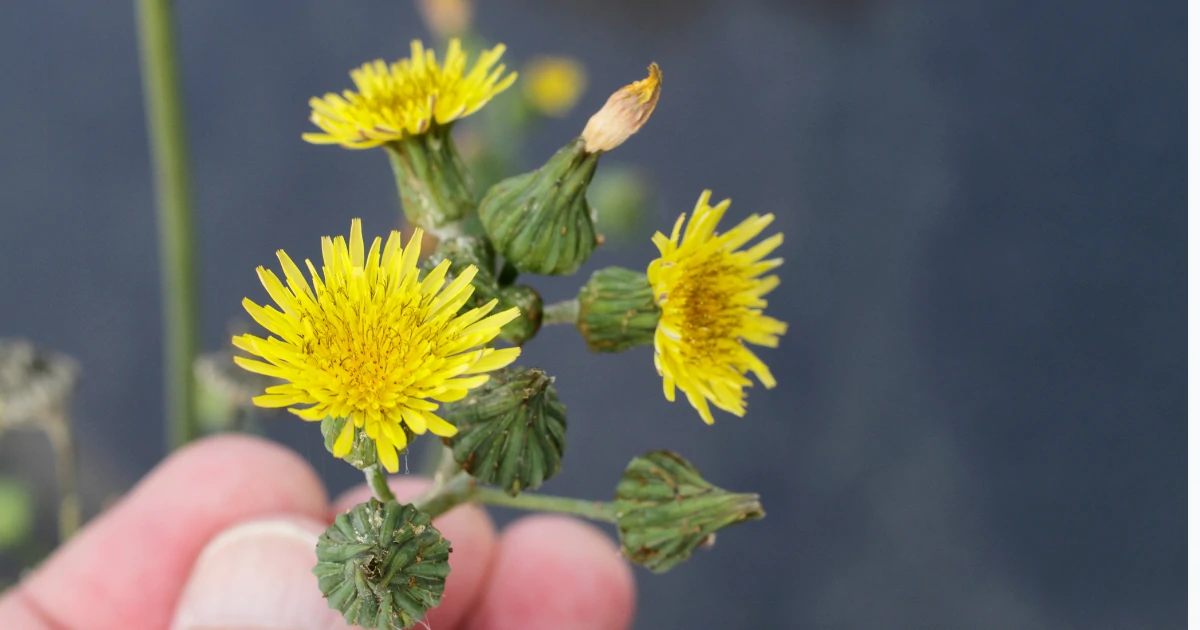
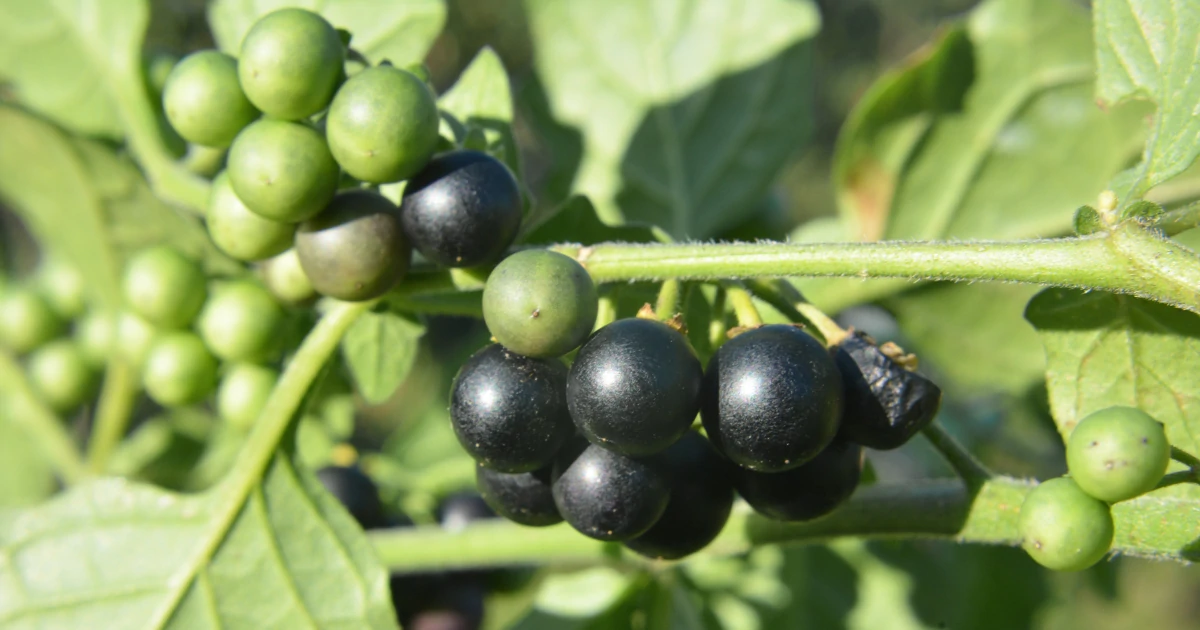
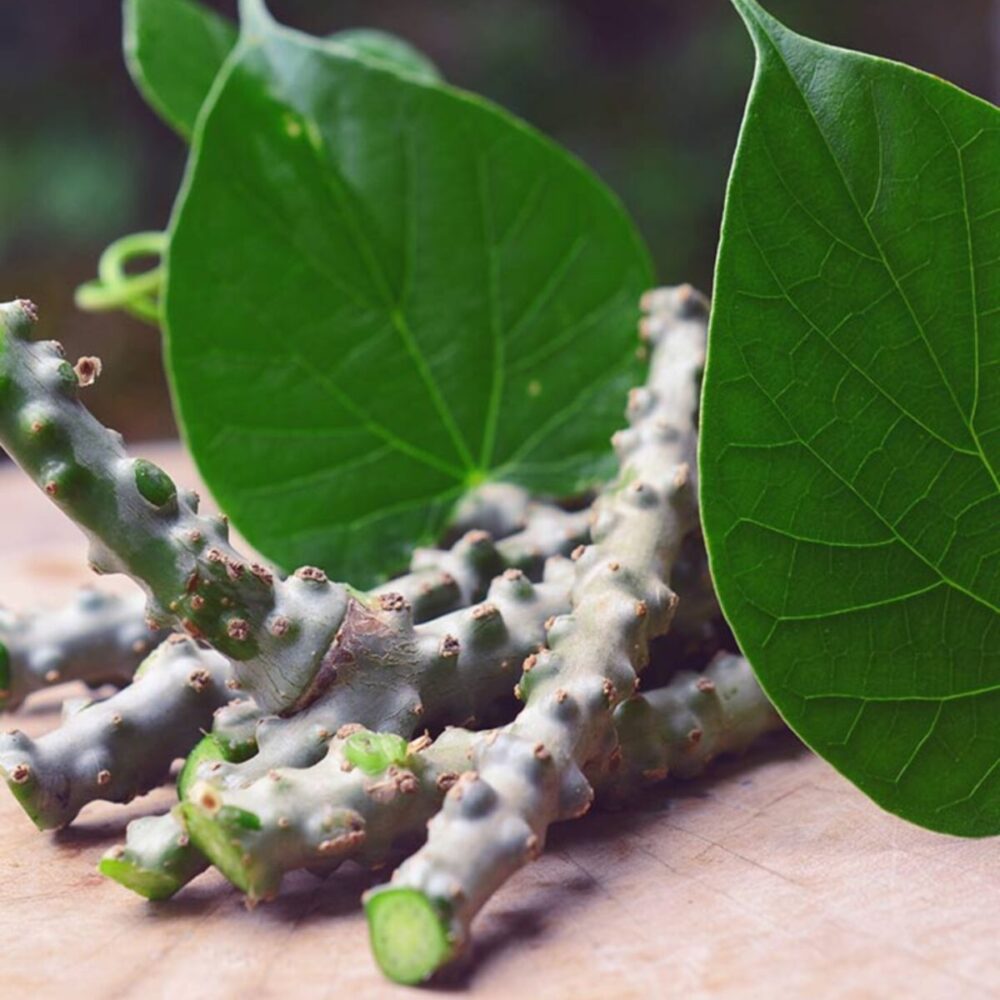

1 thought on “Neon Pothos: Care, Maintenance, and Propagation”